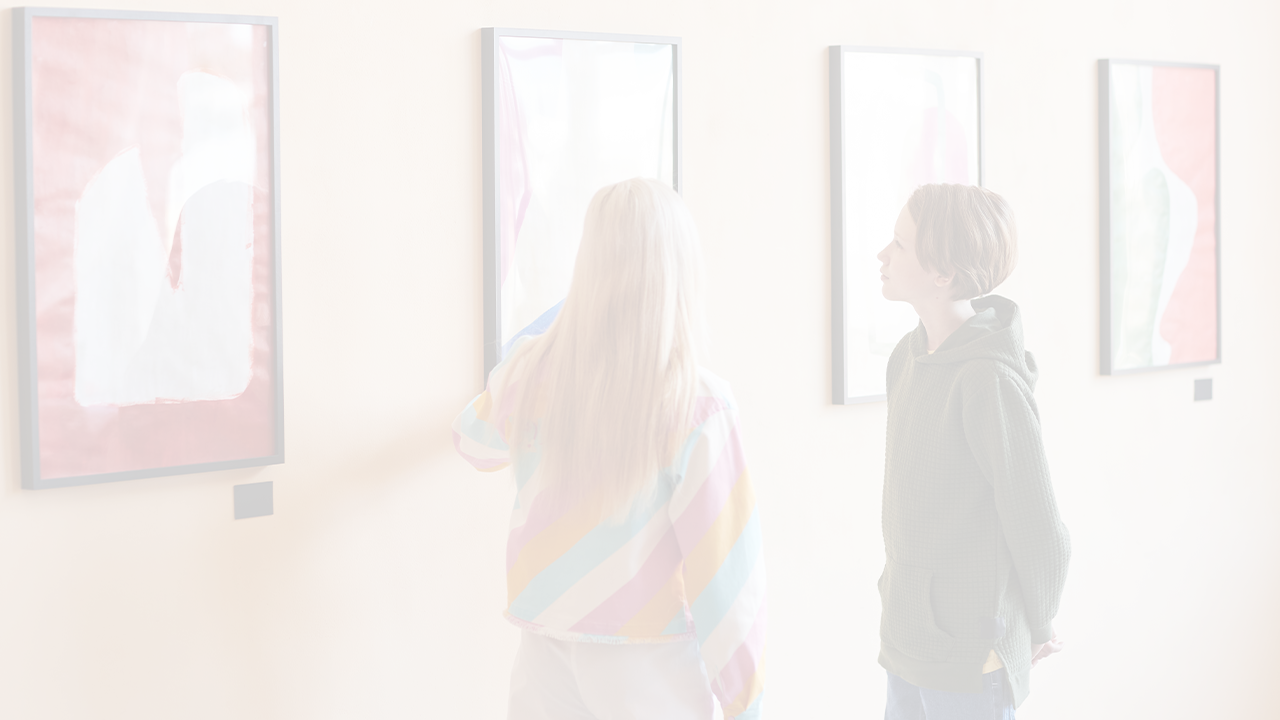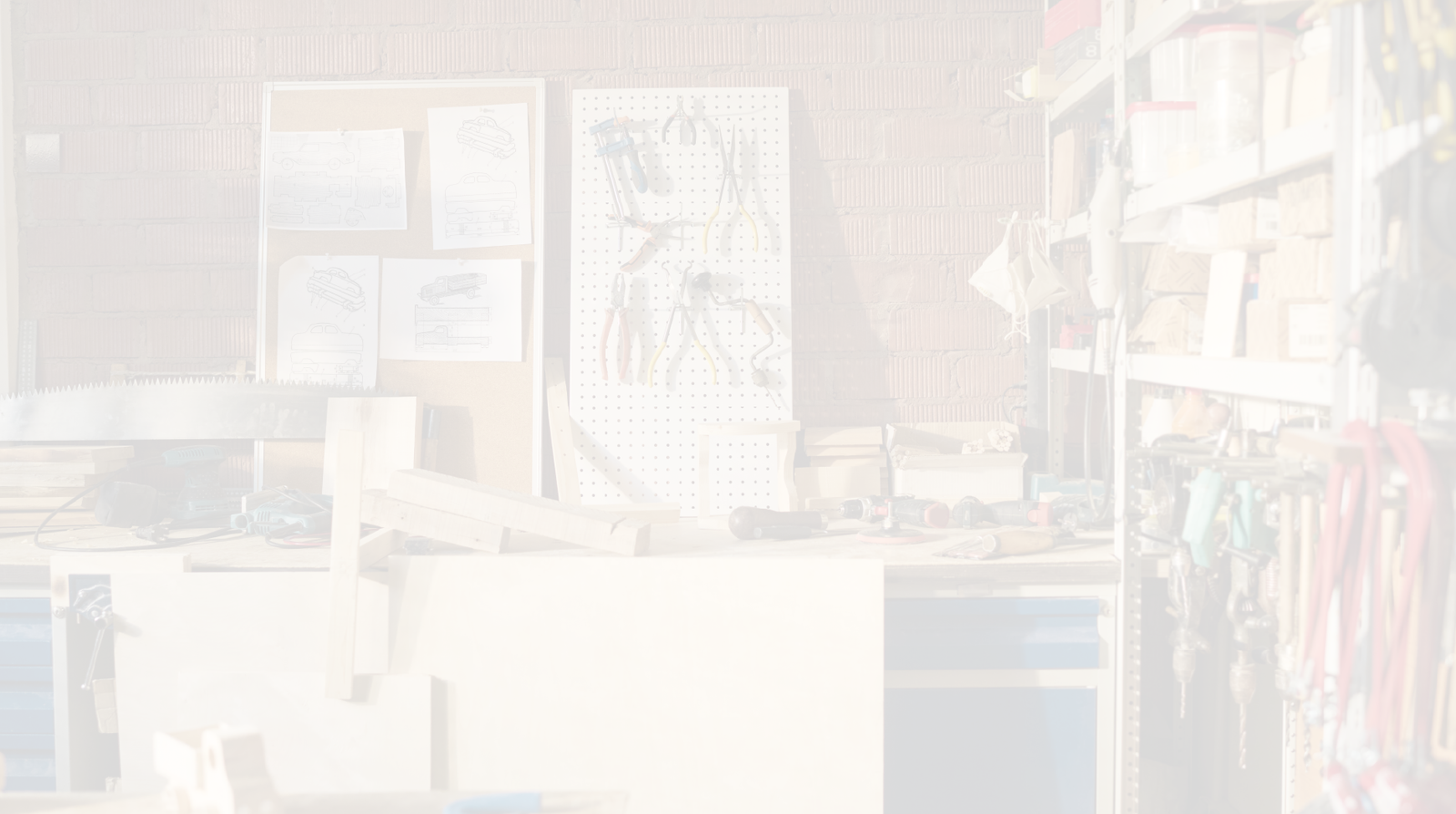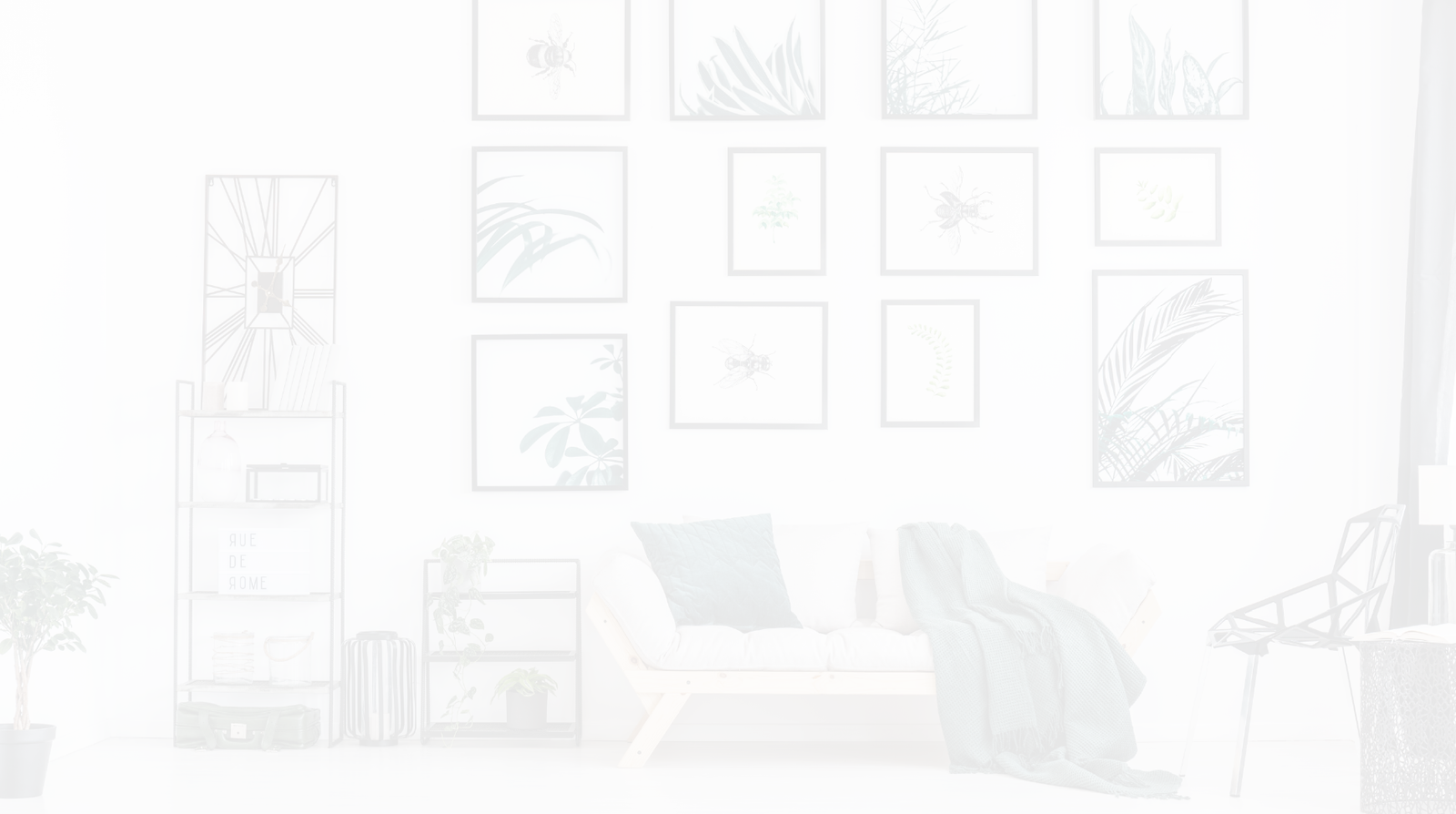Have you ever gone to a hardware store and stood at the same spot for what feels like hours? You ask yourself, “Why are there so many types of picture hangers?” It feels like whatever you choose could be right but it actually could be wrong at the same time.
We’ve all been there. We were once beginners in the industry and it’s definitely normal to feel that way. Now, thanks to a decade of experience, we know what picture hanging hardware to use without second guessing.
Want to know what helped us get to this point? Well, tell you what, all it takes is basic knowledge. Starting with...
3 Factors to Consider When Selecting the Right Picture Hanging Hardware
There are three things you should know to help you choose picture hangers that won’t fail you:
- Frame weight and size
- Frame hardware or material
- Wall type
Really simple, right? Let’s get started!
Weight and Size of Frame
The first and most important thing to consider is the weight and size of the frame. A lot of folks come to us asking why their frame fell on the floor. Then we figure out that it’s because they used a hanger that can’t support the weight of their heavy frame.
Different picture hangers have different weight capacities and applications. There are light duty hangers like sawtooths that are ideal for lightweight art, canvases and foamboard. There are also regular and heavy duty hangers like D-rings or cleats that are used for medium to large frames, art, storage and wall decor.

Photo by Project Atlas from Pexels
🔨 PRO TIP: Use a bathroom scale to measure the weight of what you’re hanging on the wall.
The fate of using the wrong hanger includes damage from falling, accidents, or losing the value of a priceless or irreplaceable artwork. We don’t know about you but we’d rather avoid these scenarios as much as possible.
You don’t really need to memorize every picture hanger out there but basic knowledge goes a long way. We know there’s a lot, but spending a bit more time to familiarize yourself with picture hanging hardware is better than losing your money’s worth because of the damage done from using the wrong hangers.
Frame Hardware or Material
The next thing to consider is the frame hardware.
Flip the frame and check what’s on the back. Some frames already come with the hanger to use. It could be a D-ring, sawtooth or hanging wire. If you know your hanging options, you’ll be able to find an appropriate hanger that would work well with it.
Here are the common hangers you’d find at the back of frames:
- D-Rings - small D-shaped rings on the back of the frame which can be hooked directly onto a nail or can be used in conjunction with hanging wire. They’re similar to Triangle Picture Hooks, which are small triangle-shaped rings.

- Sawtooths - small metal strips with a jagged edge on the bottom edge

- Hanging Wire - steel wire used to hang frames

❔What if the frame doesn't have any picture hanging hardware?
Most frames come with a hook, hanger or wire already attached to the piece. But if that's not the case, check the frame material.
In picture hanging, you'll either have wood frames, metal frames, and occasionally plastic or polystyrene frames. Not all hangers are suitable for all types of frames.
Knowing all these will help determine the proper wall hook, screw, or any other hardware needed.
Wall Type
The last thing to consider when choosing the right picture hanging hardware is the type of wall you have.
Do you have drywall, plaster wall, or concrete wall? Are you hanging the frame on a wall stud or on a hollow space?
This is important because we need to know how solid or brittle the wall is when we drill and install fasteners. Aside from that, the weight capacity of picture hangers may differ, depending on the type of wall that you will be hanging on.
For example, Bear Claw Screws can hold up to 100 pounds in a wood stud but can only support up to 30 pounds in drywall without a stud.
If you’re not sure about the difference between the three common types of walls, here’s a short background of each one for your reference.
Drywall
Drywall is a type of construction material used on interior walls that provide a nice finish. It’s popular in construction and DIY projects because of its durability and quick installation process. A few more reasons why it’s commonly used is because it’s low maintenance, inexpensive and fire resistant.
There are many types of drywall anchors available:
- Drywall Plugs
- Expansion Anchors
- Threaded Anchors
- Toggle Anchors
- Molly Bolts
- Toggle Bolts
Plaster Wall
Plaster walls are made from strips of wood or lath layered on top of each other. These layers are then nailed to wall studs and coated with plaster for a nice finish. This is perfect for builders who want creative freedom to design and get that old-home aesthetic. On the downside, it’s more brittle than drywall.
Hanging things on plaster walls is kind of different. The first thing to do is to skip the hammer. You shouldn't use the hammer for this type of wall because it can easily crack. Then it will eventually sag and fall off the wall if it goes unchecked.
To hang something on a plaster wall, screws and masonry anchors are your best bet. It’s recommended to find a picture rail or a wall stud to get a better grip, but luck isn’t always on your side. That said, make sure to have some masonry anchors ready just in case.
Concrete Wall
Concrete is used to pour over new walls or cover existing walls to give them a new look. A concrete block wall is made of standard-sized blocks arranged in a specific way. It’s very dense and solid compared to the other types of walls.
Here are some different types of masonry anchors available:
- Drop-In Anchor
- Lag Screw Anchor
- Concrete Screws
- Sammy Screws
- Hammer Driver Pin
- Toggle Bolt
- Double Expansion Shield
- Sleeve Anchor
- Brick Clip
Other Picture Hanging Tips
Aside from these 3 important factors, we think that you should also know these basic and easy tips for picture hanging. It may not be anything major, but they do make a huge difference.
Know where to hang your picture frame on the wall.
Before jumping the gun and drilling holes, figure out where you want to hang your piece first. You can even call a friend to give you a second opinion. The trick is to find the center and mark it with a pencil or painter’s tape to guide you.
Keep frames or art at eye level.
Here’s the rule of thumb when hanging pictures: the middle of the picture or art should be eye level. Of course, not everyone has the same height, so just make sure the measurement is 57-65” from the floor to match the average eye level.
Use the right tools.
One thing that makes picture hanging a breeze is having the right tools! Not having what you need just makes it harder to hang frames properly. Basically, you will need the following:
- Power drill
- Screwdriver
- Painter’s Tape
- Hammer
- Measuring Tape
- Pencil
- Level
- Picture Hanging Hardware
Don’t forget to straighten your frame.
Speaking of a level, this is a tool that you use to straighten your frame with. Usually, people use the level after installing hanging hardware like screws and sawtooth hangers. But some picture hangers like French cleats and gallery systems should be level while marking and before fixing it to the wall.
Shop picture hanging hardware online.
If going to a hardware store is not an option at the moment, you can always order online. It’s more convenient — you can find what you’re looking for in just a few clicks.
Picture Hang Solutions has everything you need to liven up your walls with pictures and art. You can buy in bulk through our website or buy in smaller quantities through our Amazon store.
Final Thoughts
Weight, hanging option and wall type — these are the three important factors to consider when choosing the right hangers. Even though this covers only the basics, it’s enough to get you through shopping for picture hangers. At least now, you can enjoy buying them with less confusion.















Leave a comment (all fields required)